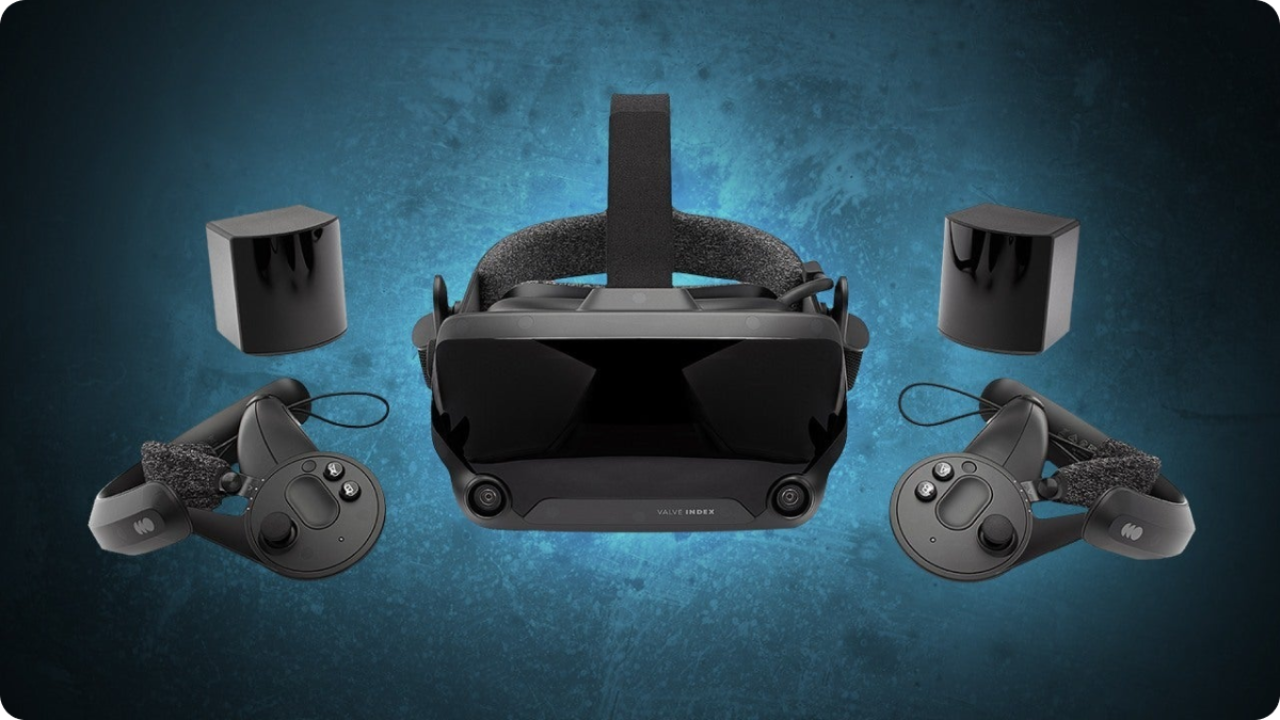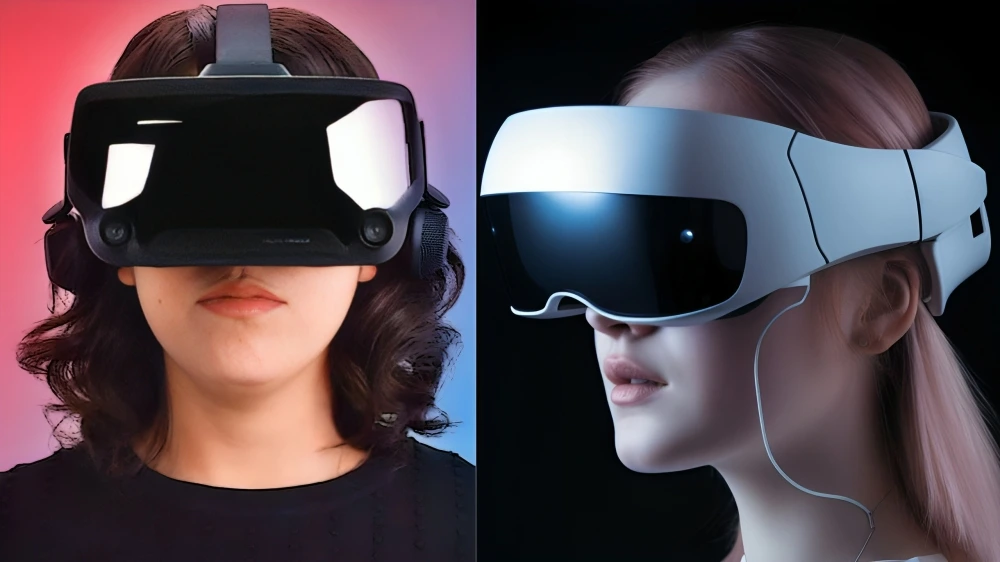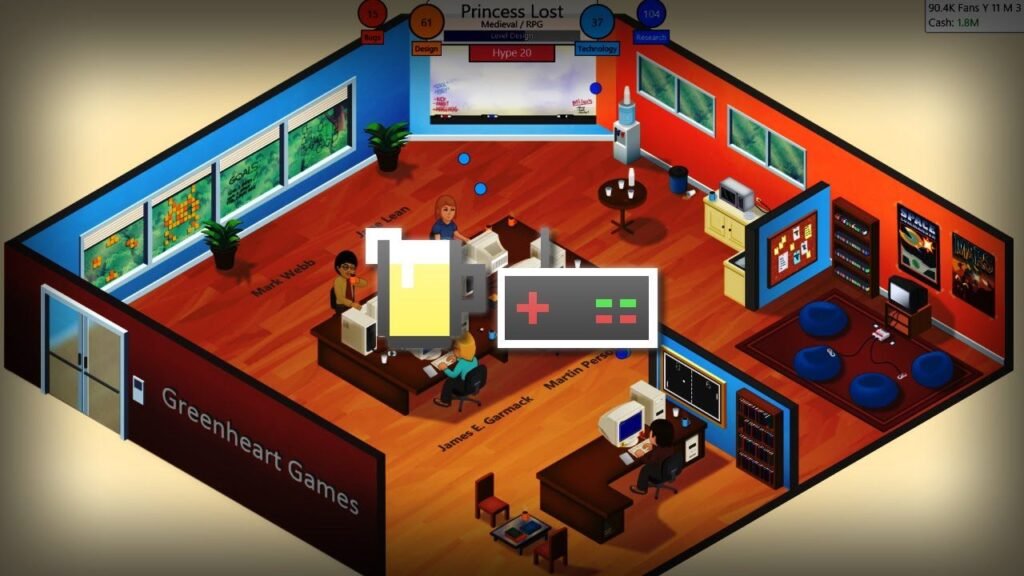The world of virtual reality continues to grow at a rapid pace. New headsets launch every year, but one brand still gets gamers excited more than most: Valve. The original Index headset set a high standard for PC-based VR, and now all eyes are on its possible successor – the valve index 2.
Rumors, leaks, and speculation have already started. Fans are asking big questions: Will it be standalone? Will it beat the competition? And most importantly, when is the valve index 2 release date? This article covers everything we know so far, plus what gamers can expect when the next generation finally arrives.
Why the Valve Index 2 Matters?
The original Index was one of the first VR headsets to deliver a truly premium experience. It offered sharp visuals, smooth refresh rates, and high-quality controllers. Even years later, many people still call it one of the best VR headsets ever made. A sequel matters because VR has changed a lot since then. Headsets today are lighter, cheaper, and often wireless. If Valve wants to compete in 2025 and beyond, the valve index 2 must blend comfort, performance, and affordability in a single package.
Design and Comfort Expectations
Comfort is crucial in VR. Long play sessions can be ruined by heavy weight or poor balance. The new headset will likely feature a lighter body, softer straps, and improved facial padding. Valve could also design the headset with swappable cushions to fit different users.
A balanced design would reduce pressure on the face, making it easier to wear for hours. Fans also hope for a sleeker look that competes with the Meta Quest and other standalone devices.
Display and Visual Improvements
The Index already had strong visuals, but technology has moved forward. The valve index 2 is expected to offer higher resolution displays, improved brightness, and sharper contrast. Reducing the screen-door effect – those tiny visible lines between pixels – is another likely upgrade.
There is also speculation about eye-tracking technology. This feature would allow the headset to focus processing power where you are actually looking, boosting performance and creating more realistic visuals.
Hardware and Performance Goals
Performance will play a huge role in how the headset is received. Leaks suggest the next model might run on a refined version of SteamOS. If true, this means it could work as a standalone device without needing a PC.
At the same time, PC support is almost guaranteed. That would allow players with powerful gaming setups to enjoy lossless, high-quality VR through a wired or wireless connection. Faster refresh rates and improved processors are also expected, giving smoother gameplay.
Controllers: What Could Change?
The controllers from the first Index were widely praised for finger tracking and immersive feedback. Leaks suggest the new “Roy” controllers might drop the bulky tracking rings, making them smaller and easier to hold.
Better haptic feedback, longer battery life, and improved comfort are also expected. The valve index 2 controllers could set a new standard for interaction in VR games.
Release Date: What We Know?
The big question remains: when will the headset launch? Unfortunately, there is no official confirmation yet. Some reports suggest late 2025, while others point to early 2026. That means the actual valve index 2 release date is still uncertain.
Valve has a history of surprising launches, often revealing hardware and releasing it quickly after. Fans should keep an eye on official announcements for the latest news.

Price Predictions
Price is another major factor. Early leaks suggest the headset bundle, including controllers and a few games, could cost around $1,200. However, this is still unconfirmed.
Competition has grown stronger in recent years. The Meta Quest 3 starts at under $500, while other high-end headsets like the HTC Vive range closer to $999. If Valve wants to win the market, it may need to offer a balance of premium features without going too high in price.
Possible Price Range Comparisons
| Headset | Price Range | Notes |
| Meta Quest 3 | $299–$499 | Affordable, standalone |
| PSVR 2 | $499–$549 | Works with PlayStation |
| HTC Vive Focus | $999 | PC-focused, standalone capable |
| Valve Index (old) | $999 | PC only, premium build |
| Valve Index 2 | $999–$1200? | Rumored with bundle and games |
Games and Software
One of Valve’s strengths is its massive Steam library. Almost every VR-compatible game on Steam would likely work with the valve index 2. This means players could instantly access hundreds of titles at launch.
The bigger question is whether Valve will release a first-party VR game to launch alongside the new headset, much like it did with Half-Life: Alyx. Fans are hopeful, but so far no concrete details have surfaced.
Standalone or PC Tethered
The future of VR seems to be hybrid. Most gamers want freedom from wires but also the option to connect to a PC for maximum power. The valve index 2 will likely offer both options. This means players could enjoy casual wireless play on the go while also connecting to a gaming PC for demanding VR experiences. A dual setup could help Valve reach both casual and hardcore players.
Potential Features to Watch
Here are a few features gamers hope to see in the new model:
- Eye-tracking for smarter visuals
- Wireless streaming with low latency
- High refresh rates for smooth gameplay
- Improved audio built into the headset
- Mixed reality passthrough for AR experiences
Rumored Features vs. Index
| Feature | Valve Index (2019) | Valve Index 2 (Rumored) |
| Resolution | 1440 x 1600 per eye | Higher, likely 4K+ |
| Refresh Rate | Up to 144Hz | Possibly higher |
| Controllers | Finger tracking | New “Roy” design |
| OS | PC-only | SteamOS + PC support |
| Weight | Heavy | Lighter, better balance |
| Tracking | External base units | Inside-out + hybrid |
Competition in the VR Market
Valve faces tough competition. Meta continues to dominate with the Quest line, Sony has secured console players with PSVR2, and Apple has entered the market with its Vision Pro. Each has strengths and weaknesses.
Valve’s advantage is its deep connection with PC gamers through Steam. If the valve index 2 can combine strong performance with a competitive price, it could become the go-to option for serious VR fans.
Battery Life and Heat Concerns
If Valve goes with a standalone design, battery life will matter a lot. Current standalone headsets typically last 2–3 hours per charge. Valve will need to match or improve on that while also keeping heat levels under control. Removable batteries or fast-charging features could give the headset an edge. Comfort also depends heavily on how well the device manages heat during long sessions.
Developer Support and Tools
Valve has always supported developers. Expect a strong SDK, modding tools, and integration with Steam Workshop. Easy development means more games, and more games make the headset more attractive. Indie studios could especially benefit, creating smaller VR titles that still reach a large audience through Steam.
Checklist for Buyers
Thinking of buying when it launches? Here are key questions to ask:
- Does it fit your budget?
- Do you need PC power or just standalone?
- Is your play space ready for VR?
- Do you already own a strong gaming PC?
- Are there games you want at launch?
Conclusion
The valve index 2 is still a mystery, but the excitement is real. Fans expect better visuals, stronger performance, and a lighter design. Pricing will play a huge role, and so will game support at launch.The exact valve index 2 release date is not confirmed, but signs point to late 2025 or early 2026. Until Valve speaks officially, everything remains speculation.
One thing is clear: if Valve delivers the right mix of hardware, comfort, and content, the new headset could once again set the standard for high-end VR.
Read Our More Blogs:- Lokesh Gamer UID, Stats, Income, Setup & More


